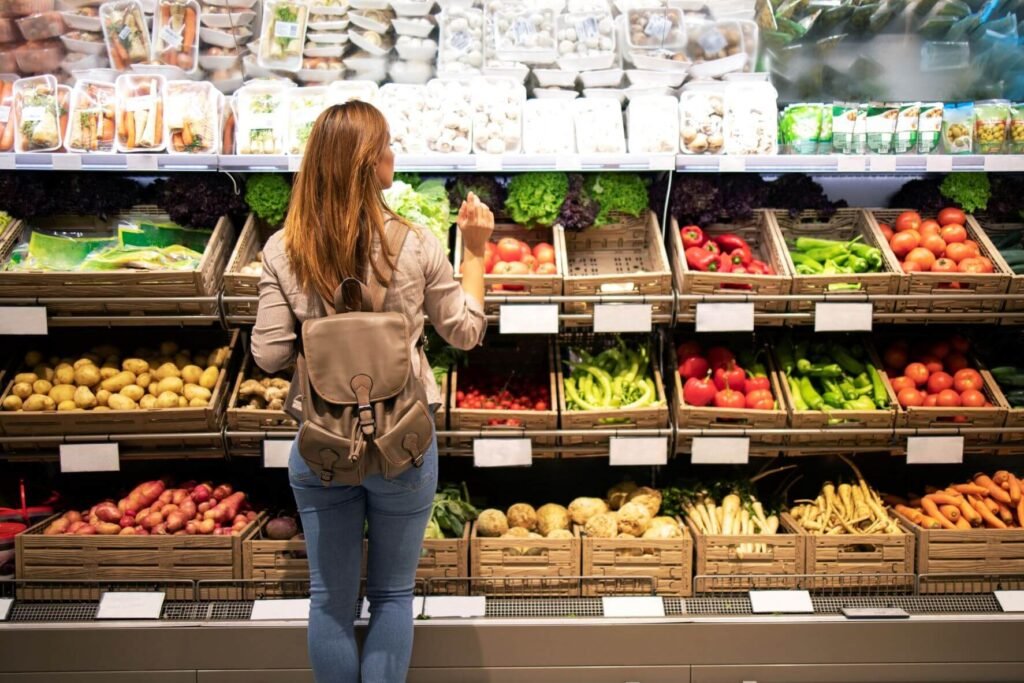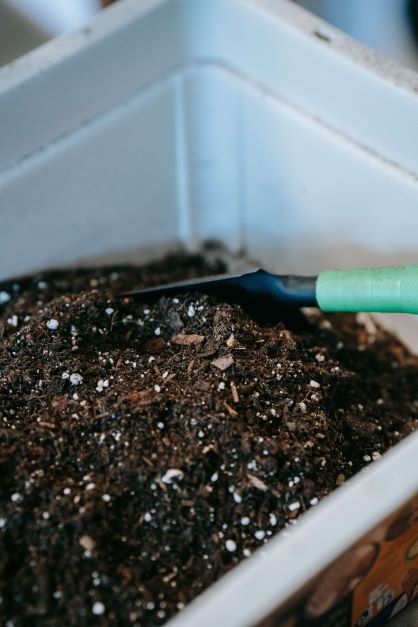Edible packaging is a different way of solving the recycling problem. Some companies are already at work, whilst some solutions are now on the market. A new era is beginning, for consumers to discover … and savour.

What is the most sustainable packaging we can imagine? The one that disappears without leaving – or almost without leaving a trace. Though this idea seems to belong to the realm of fantasy, it actually does exist here and now. The concept is edibility: the packaging is part of the product and is consumed with it. Possible? Absolutely: using some special technologies and the results of the most innovative scientific research. Experimentation has already begun.
So, if it is true that today 65% of food waste can be attributed to packaging, and if it is true that recycling the container is a “job” delegated to the consumer and that we are witnessing the overflow of layers of wrappings that protect ready-made or pre-packaged food for individual use, it goes without saying that edible packaging has all the potential for a market “breakthrough”, that just could find global consensus – among businesses and consumers. We are faced with a new way of looking at sustainability, where the solution of the problem is shifting upstream.
Food packaging
Packaging for the food sector must meet several imperative requirements, which makes it especially sensitive. First, the packaging must guarantee the integrity and perfect preservation of the product, extending its life for as long as possible; here the benchmark is safety.
Furthermore, the packaging must not interact chemically with the product, whose nutritional characteristics and quality must be maintained. From the point of view of its footprint, functionality, ease, and convenience are the key words. Then, packaging also has the key task of bearing all the necessary and useful information for consumers – in addition to whatever the company wants to make known or available that will differentiate its products from its competitors’.

Finally, the packaging must respond to the post-consumer phase sustainably. In light of these considerations, it is surprising how people become aware of the existence of an environmental issue only when it comes time to dispose of the waste, without thinking about everything that came before.
Some virtuous businesses have begun to move in this direction by undertaking some interesting experimentation with the manufacture of alternative materials suitable for making packaging which is not only biodegradable, but even edible. We are talking about a phenomenally challenging innovation with enormous commercial potential.
Edible packaging? Why, yes, thank you
There are several examples of companies that have moved towards packaging that is fit to eat. Analysing identified solutions can be a motivating force to find new paths toward a clearer picture of a phenomenon which is practically in its embryonic stage.
Attention is focused on materials. The first is a comestible bioplastic obtained by processing algae, whose overproduction would otherwise be wasted. A bioplastic, which can be processed with food-grade inks and dyes, and which is easy to mould into shapes such as heat-sealable bags, plates or cups that can be easily manufactured from this product.
Due to its characteristics and nature and the hygienic conditions of exposure of this bioplastic to dust and microbes, it is more suited for use with fresh food to be readily consumed rather than providing a stable shelf life. Apart from being odourless and tasteless, it is high in fibre, and contains vitamins and minerals. For those who might not wish to eat it, this bioplastic can simply be dissolved in warm water for it to biodegrade completely or for use as a natural fertiliser.
Then, there is another new material made from sodium alginate and calcium chloride from which a thick gelatinous membrane capable of holding 250 ml of liquid can be made. Colours and aromas (e.g., mint or ginger) can be added to this completely edible membrane. Alternatively, it can simply be discarded like fruit rind, since it has been designed to biodegrade in just 4-6 weeks.
Though this material can only be stored for a few days making it suitable for immediate consumption, which cannot be deferred over time, it has some very interesting advantages that make it attractive to the market. First, it costs less to manufacture than plastic. Furthermore, its manufacture produces one fifth of the CO2 and requires one ninth of the energy needed to produce PET. Manufacturers have indicated that it would be perfect for contexts such as sporting or large event venues where on-site consumption and waste production is very high.
And then there is the biomedical engineer who has just patented a membrane made of biodegradable cells and polymers that can be used to wrap food, preferably with a flavour added that is similar to its contents: for example, cocoa to accompany hot chocolate. This wrapping works just like the natural barriers that protect fruit and vegetables, preventing their insides from being exposed to oxidative damage caused by air. Similar to the solutions mentioned above, its limitations concern the hazards of possible bacterial contamination when products are marketed and displayed on shelves. Nevertheless, the membrane can be washed and sanitised just like ordinary fruit.
Thanks to a very simple low-tech process involving the addition of sugar and other organic substances to kombucha, the Chinese fermented tea beverage, within two weeks bacteria, yeasts and agricultural waste get together to create a cellulose-like membrane. This thin film, which acts as a barrier against oxygen, will prevent food from decomposing. Being made from plants, after use, it can be either consumed as a probiotic drink or composted into natural fertiliser.
This packaging is ideal for products such as nuts, seeds, dried fruit or precooked products. Unlike the other products mentioned before, because it is produced by fermentation, it has the advantage of a rather long shelf-life.

Towards the future: the weight of innovation and research
Among the many issues to be addressed to present edible, safe and effective packaging on store shelves, the foremost is shelf life. It goes without saying, however, that though the challenge is great these products could mark an epoch-making change. Some solutions are already on the market, whilst others require further research and investment.
The road is truly interesting and hints at new horizons, capable of changing the rules of the game.
